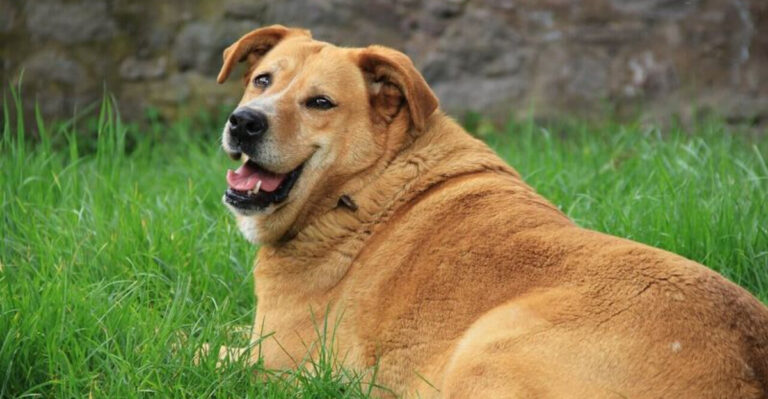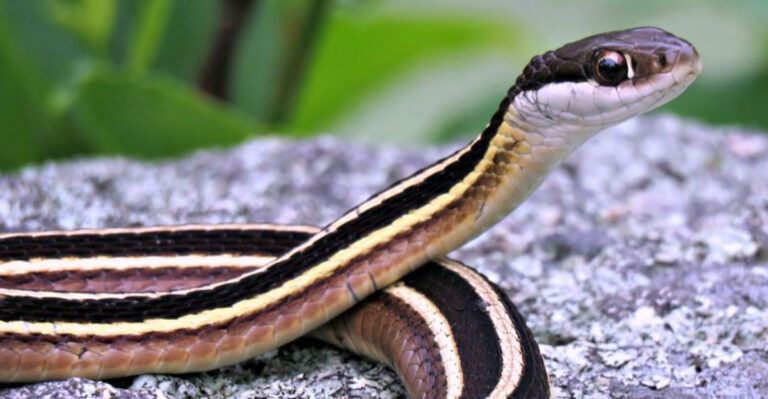T. Rex Moved Slower Than You Might Think
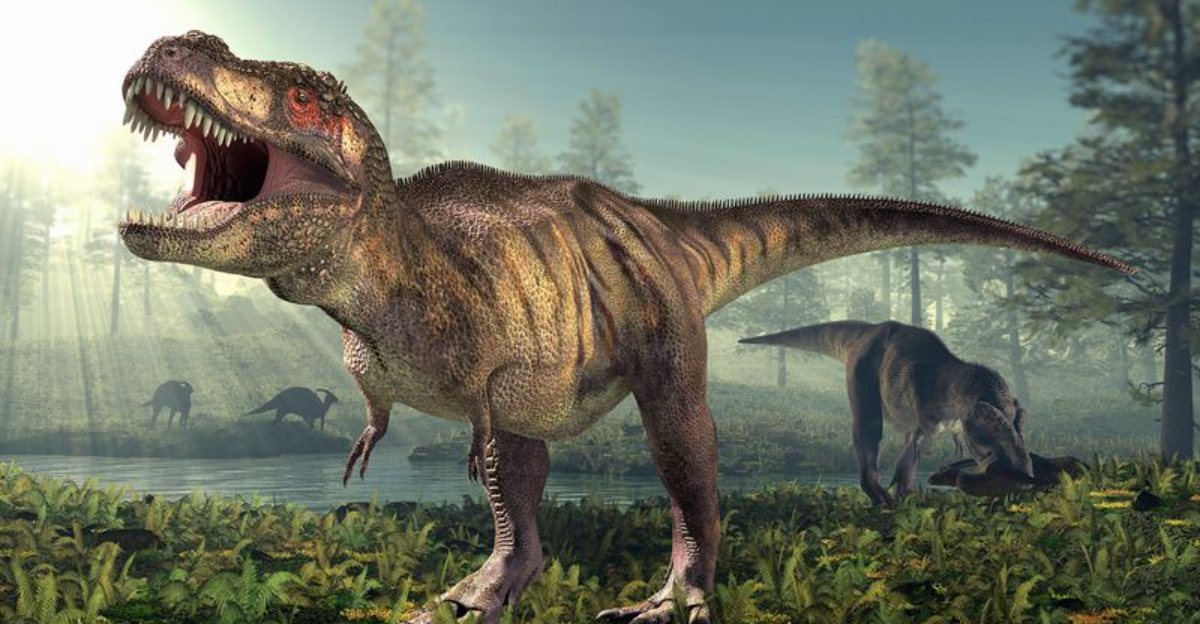
The Tyrannosaurus Rex has long captured our imagination as a ferocious predator racing through prehistoric landscapes.
However, recent scientific discoveries paint a different picture of this iconic dinosaur’s movement capabilities.
Researchers now believe that despite its fearsome reputation, the T. Rex wasn’t the speedy hunter portrayed in movies and might have moved more like a power walker than a sprinter.
1. The Physical Limitations Of T. Rex’s Size
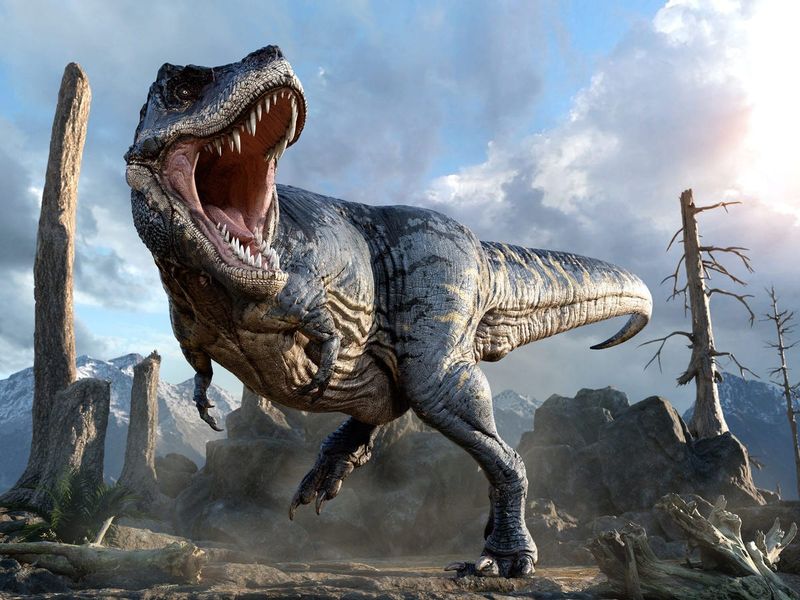
Weighing up to 9 tons with a length of 40 feet, T. Rex simply couldn’t move as quickly as smaller animals. Think of it like an elephant versus a horse – sheer mass restricts mobility.
Physics doesn’t lie – a creature this massive faced significant momentum challenges when trying to run. Its enormous body required tremendous energy just to move forward.
2. Why T. Rex Wasn’t A Speed Demon
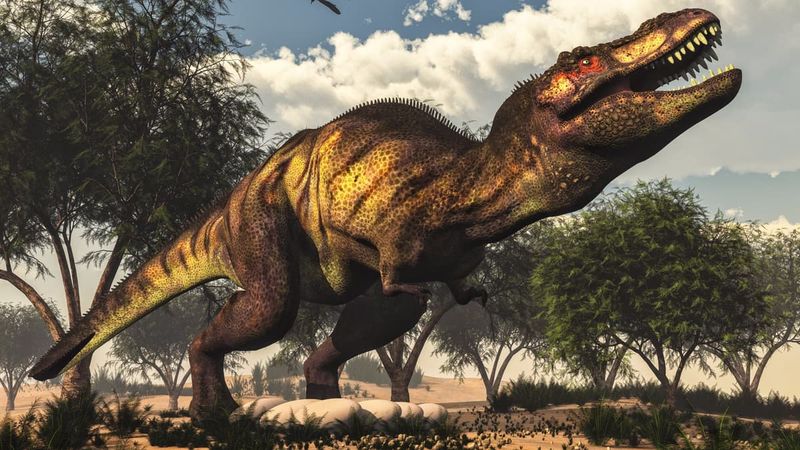
Computer simulations reveal that running too fast would have shattered T. Rex’s leg bones! The stress from a full sprint would exceed what even its mighty skeleton could handle.
Biomechanical studies suggest maximum speeds of about 12 mph – roughly human jogging pace. Far from the 30+ mph speeds portrayed in Jurassic Park.
3. Comparing T. Rex’s Speed To Other Dinosaurs
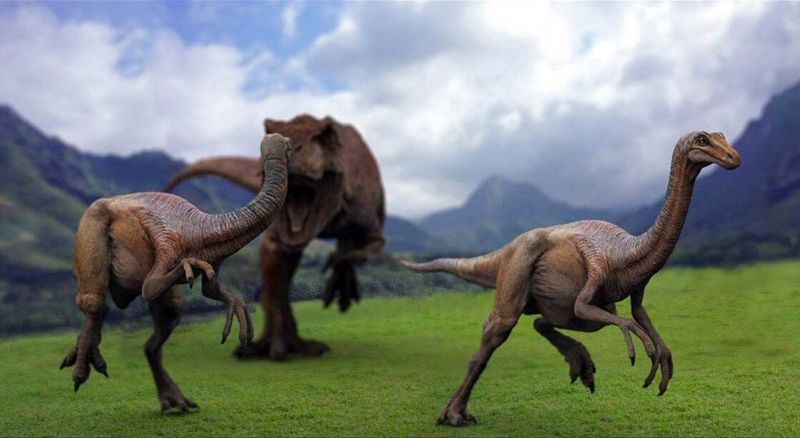
Velociraptors, despite being much smaller, could reach speeds up to 24 mph thanks to their lightweight frames and proportionally longer legs. Gallimimus, with its ostrich-like build, likely hit 30+ mph.
T. Rex sacrificed speed for raw power and crushing bite force. Evolution favored different advantages for different predators.
4. The Role Of Short Bursts In T. Rex’s Hunting Strategy
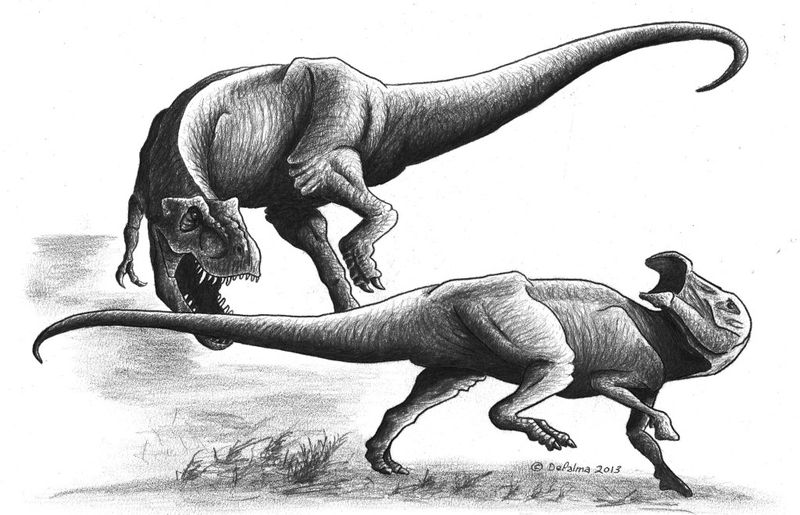
Rather than marathon chases, T. Rex likely employed ambush tactics with brief acceleration. Much like modern crocodiles, which explode from stillness for a quick lunge.
Fossil evidence of prey animals suggests they weren’t the fastest species either. T. Rex didn’t need excessive speed when hunting the equivalent of prehistoric cows.
5. How T. Rex’s Speed Impacted Its Predatory Behavior
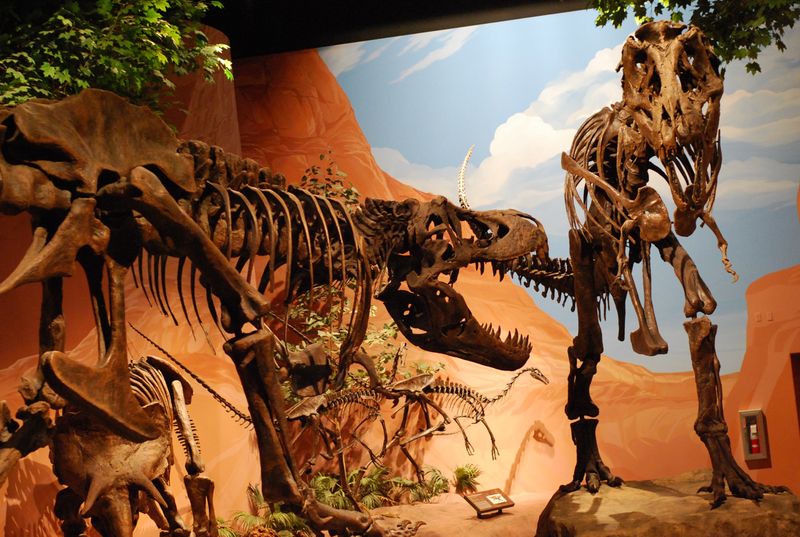
Scavenging likely played a bigger role in T. Rex’s diet than previously thought. Its incredible sense of smell could detect carcasses from miles away, reducing the need for high-speed pursuits.
When hunting live prey, stealth and surprise compensated for speed limitations. The ground literally shook when T. Rex moved, making sneaking difficult but intimidation effective.
6. T. Rex’s Limiting Bone Structure
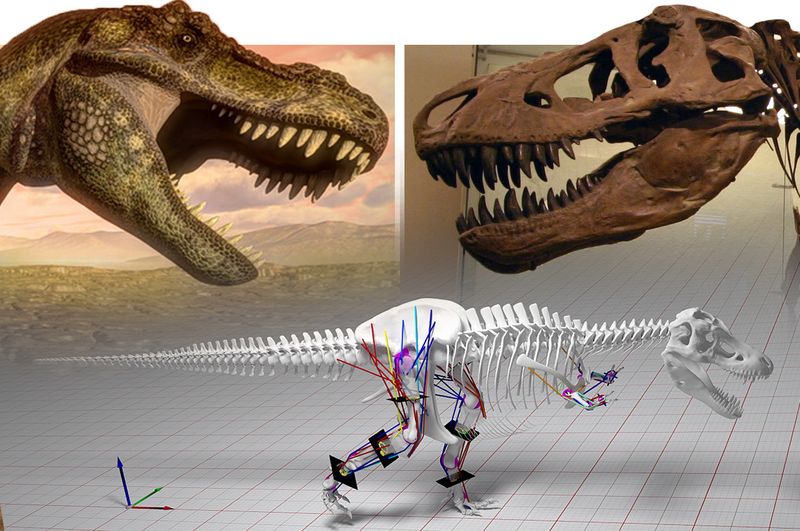
Analysis of leg fossils reveals T. Rex lacked the necessary ankle flexibility for running. Modern birds (dinosaur descendants) have specialized ankle joints that T. Rex simply didn’t possess.
Its massive skull – over 5 feet long – created forward weight distribution issues. This front-heavy design created balance challenges during rapid movement.
7. Energy Demands And Speed
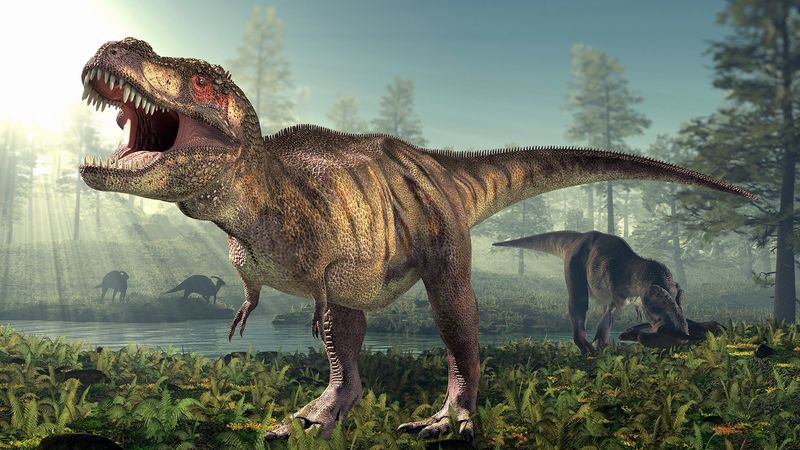
Metabolic studies indicate T. Rex would burn calories at an alarming rate during high-speed movement. A creature this size simply couldn’t sustain rapid pace without quickly depleting energy reserves.
Modern elephants face similar constraints, rarely exceeding 15 mph despite their strength. Nature imposes thermodynamic limits that even apex predators can’t overcome.
8. T. Rex’s Agility: Not Just About Speed
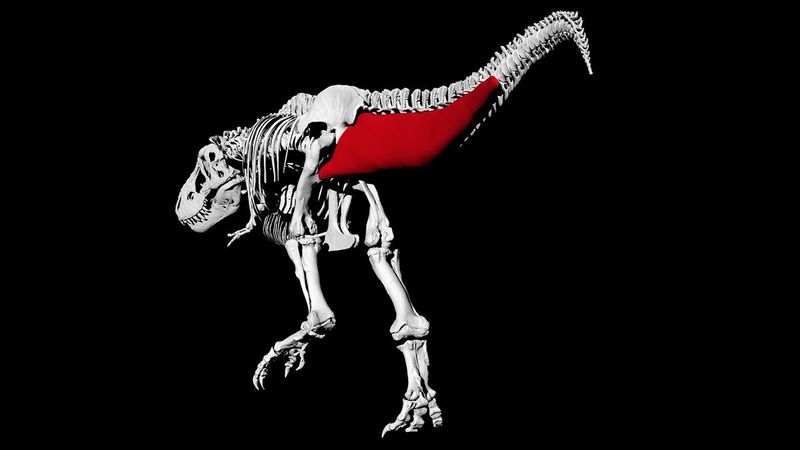
What T. Rex lacked in speed, it made up for in turning ability. Computer models suggest it could pivot its massive body with surprising efficiency, rotating up to 45 degrees in a single step.
Its muscular tail served as a counterbalance during direction changes. This adaptation allowed for more controlled movement when tracking prey through dense Cretaceous forests.
9. Why T. Rex Couldn’t Compete With Fast Predators
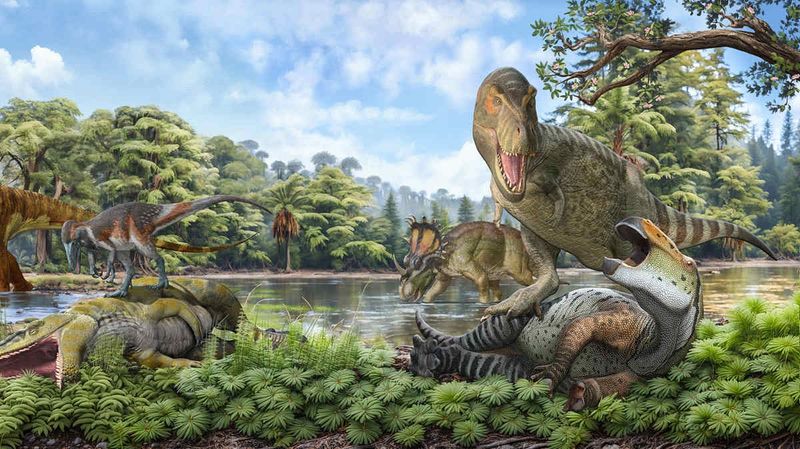
Fossil records show T. Rex lived alongside faster predators like Dakotaraptor. However, these species occupied different ecological niches – raptors hunted smaller, quicker prey while T. Rex targeted larger animals.
T. Rex’s intimidating presence likely deterred competition. Few predators would challenge a fully-grown Tyrannosaurus, regardless of speed advantage.
10. Misconceptions About T. Rex’s Speed

Early paleontologists in the 1900s portrayed T. Rex as a kangaroo-like hopper! These comically inaccurate reconstructions gave way to the sprinting monster image that dominated for decades.
Films like Jurassic Park cemented the idea of T. Rex chasing jeeps. Scientific evidence now contradicts these popular depictions, showing a more measured, methodical hunter.
11. What Slower Speed Meant For T. Rex’s Evolution

T. Rex’s slower pace shaped its other evolutionary adaptations. Its incredible binocular vision compensated for speed limitations, allowing it to spot prey from great distances.
Its massive jaw muscles and bone-crushing teeth developed as primary weapons. When you can’t outrun prey, developing a bite force exceeding 12,000 pounds becomes the evolutionary priority.
12. T. Rex’s Speed Vs. Strength: Which Was More Important?
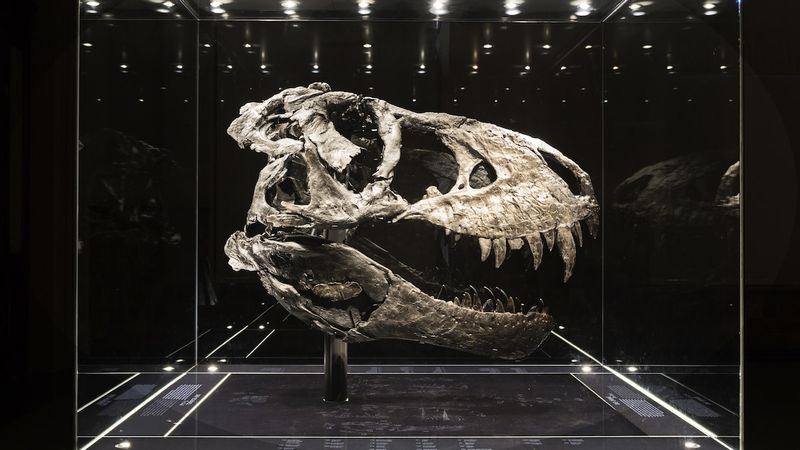
Fossilized T. Rex bones show remarkable thickness and density. These weren’t built for speed but for absorbing the tremendous forces generated when taking down massive prey.
A single T. Rex bite could shatter bone and sever limbs. With killing power this effective, the need for pursuit speed became secondary to developing overwhelming attack strength.
13. T. Rex’s Predatory Advantage: Size Over Speed

Standing 12 feet tall at the hip with jaws positioned higher than a basketball hoop, T. Rex used intimidation as a hunting tactic. Prey animals often freeze when terrified – making pursuit unnecessary.
Fossil evidence shows T. Rex primarily hunted Triceratops and Edmontosaurus – neither known for speed. The perfect evolutionary match of predator and prey.





